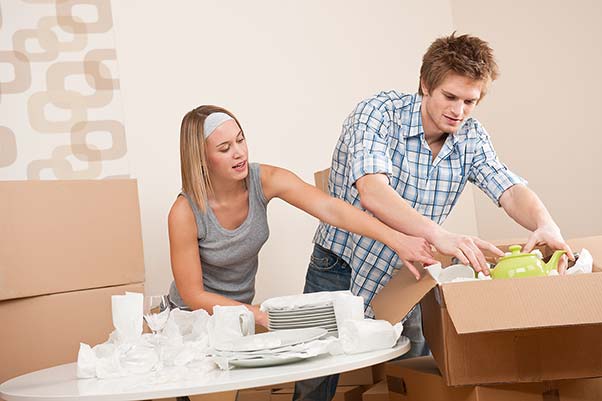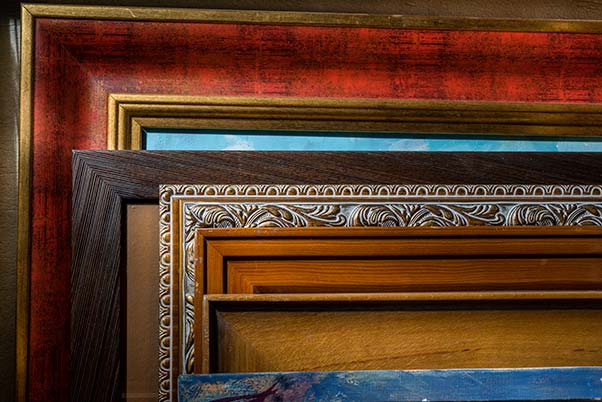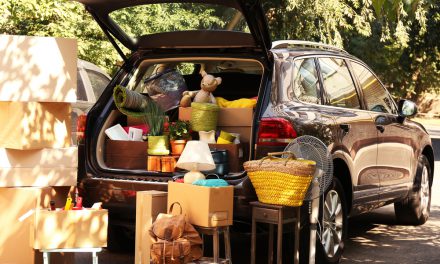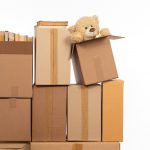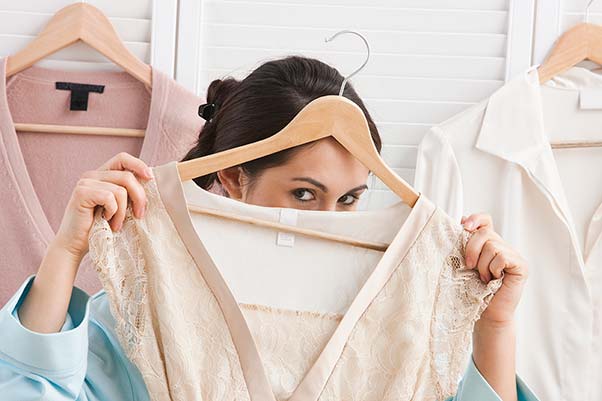The thing about breakables is that … well, they’re breakable. Dishes can easily crack, vases can shatter, mirrors can be reduced to bits of glass, ornaments can be ruined, and heirlooms can be quickly ground into dust. Since you probably want to preserve your delicate possessions, and the possibility of breaking always exists, you will have to be proactive to protect your breakable belongings. Here are 10 helpful tips on how to pack fragile items.
1. Save the Best for Last
First of all, you should pack up everything else before you start packing fragile items. Packing breakables generally takes a longer time than packing less delicate items. To ensure that you have enough time to properly care for your delicate belongings, pack up everything else first and then focus on the breakables.
2. Pack Your Breakables in the Right-Sized Box
Make sure you pack fragile items into the appropriate-sized box. Don’t try to stuff them into a large box that could easily become overloaded and heavy. Dishes, cups, and other small breakable items should be packed into a dish pack. Dish packs are boxes that are specially made to move breakables. They are made of thicker cardboard and often contain divider inserts to help absorb the shock of any sudden movements.
3. Pack It in
When loaded into a moving truck or storage unit, boxes are usually stacked several boxes high, so your belongings could easily be damaged if they are not sufficiently protected. Start packing each box with a soft bed of newspaper, tissue paper, or packing paper to cushion everything. You want to line each side of the box with crumpled paper to increase shock absorption. The top and bottom of the box, in particular, should each have about six inches of crumpled paper. You can also place an additional layer of cardboard on the top and sides.
The box should be slightly overfilled with cushioning so that you can’t easily push it down after taping it closed. If you can hear the breakables clunking or rattling in the box when it’s full, there isn’t enough packing paper to prevent damage. When you begin packing, place breakable items in the box with the heaviest, sturdiest breakables at the bottom and the most fragile at the top.
4. Fill Up Empty Spaces
One of the keys to learning how to pack fragile items is to eliminate all empty spaces. Make sure to pack the box tightly and fill empty spaces with packing paper or other items to absorb shock. You can nest smaller wrapped items within larger items to offer more support and pack the box tighter. You can also use other items, such as two-liter plastic bottles, packing peanuts, or rigid Styrofoam, to help support breakable items and increase shock absorption.
5. Wrap It Up
Another important way to protect your breakables is to wrap each piece individually. Place items in an upright position on a sheet of paper. Thoroughly wrap the item in paper or bubble wrap. Items such as jars or vases should be tightly packed with paper to keep them safe. You can wrap thin glassware or very delicate items in several layers of paper to offer increased protection. Dish packs often come with divider inserts that separate items and also offer greater protection.
6. Fill Hollow Items
Hollow items, like jars, vases, and glasses, can be especially susceptible to breaking under pressure. Fill any hollow areas with packing paper or bubble wrap to give them a little more support. Try to fill these items as tightly as possible. If you want to save on packing supplies, grab some old magazines or newspapers and put them to good use.
7. Bring On the Tape
Only use packing tape to tape up boxes as it is wider and stronger than other types of tape. Ensure that your boxes are set up and taped properly. You should tape the bottom of the box and up the sides to about 1/3 of the distance to the top of the box. You can use additional tape to make sure the ends are securely shut and the box is square.
8. Label Your Fragile Boxes
It may seem like a no-brainer, but it’s easy to forget to clearly label boxes of breakables. Make sure you write “fragile” or “breakable” in large, easy-to-read letters on all sides of each box. This label will let people know which boxes to treat with extra care while moving. It will also remind you which boxes to gently move if you need to rearrange them in storage.
Don’t be stingy with your labeling. Once your boxes go into storage, you might not remember which box is which. With a “fragile” label on every side of the box, you won’t be able to miss it.
9. Move It Yourself
While you should always make sure to advise movers on which items are fragile, there is no better way to ensure that your breakables stay in one piece than to move them/store them yourself. Nobody will take care of your breakable property like you will. As the old saying goes, “If you want something done right, do it yourself.”
10. Store Breakables on Shelves or at the Top of Stacks
It would be a shame if you went through all the trouble of carefully packing your fragile items only to have them crushed under a mountain of boxes during storage. You’ll need to take as much care in how you store your breakables as you did in packing them.
If you are storing your boxes in a place with shelving, reserve shelving space for your boxes of fragile items. If you plan to stack your boxes, put your fragile boxes on top so they don’t get squashed by heavier boxes. Clear labeling will help you identify your fragile boxes so you can set them aside during the moving process and ensure they don’t end up at the bottom of your stacks.
Protect Your Fragile Items With Price Self Storage
Now that you know how to pack breakables, you’ll need a secure place to store them. If you’re in the middle of a move or don’t want to clutter your closets and garage with your boxes, consider self-storage. Price Self Storage offers a variety of storage spaces, including small, medium, and large units. Our largest units can store the contents of a four- to five-bedroom home and are perfect for moves or during renovations.
Our month-to-month leases also make it easy to store your items only as long as needed. When you’re ready to move, or your renovation is over, you can retake your possessions. If you need long-term storage for your items, consider a climate-controlled storage unit. These units can extend the life of fragile items and antiques.
Finally, Price Self Storage offers all the moving supplies you need for packing fragile items securely. We buy moving supplies in bulk and pass the savings on to you. Purchase your moving boxes, packing tape, wrapping paper, and bubble wrap from us.
Learning how to pack fragile items can help you protect your most prized possessions. Keep them protected with the help of Price Self Storage.

